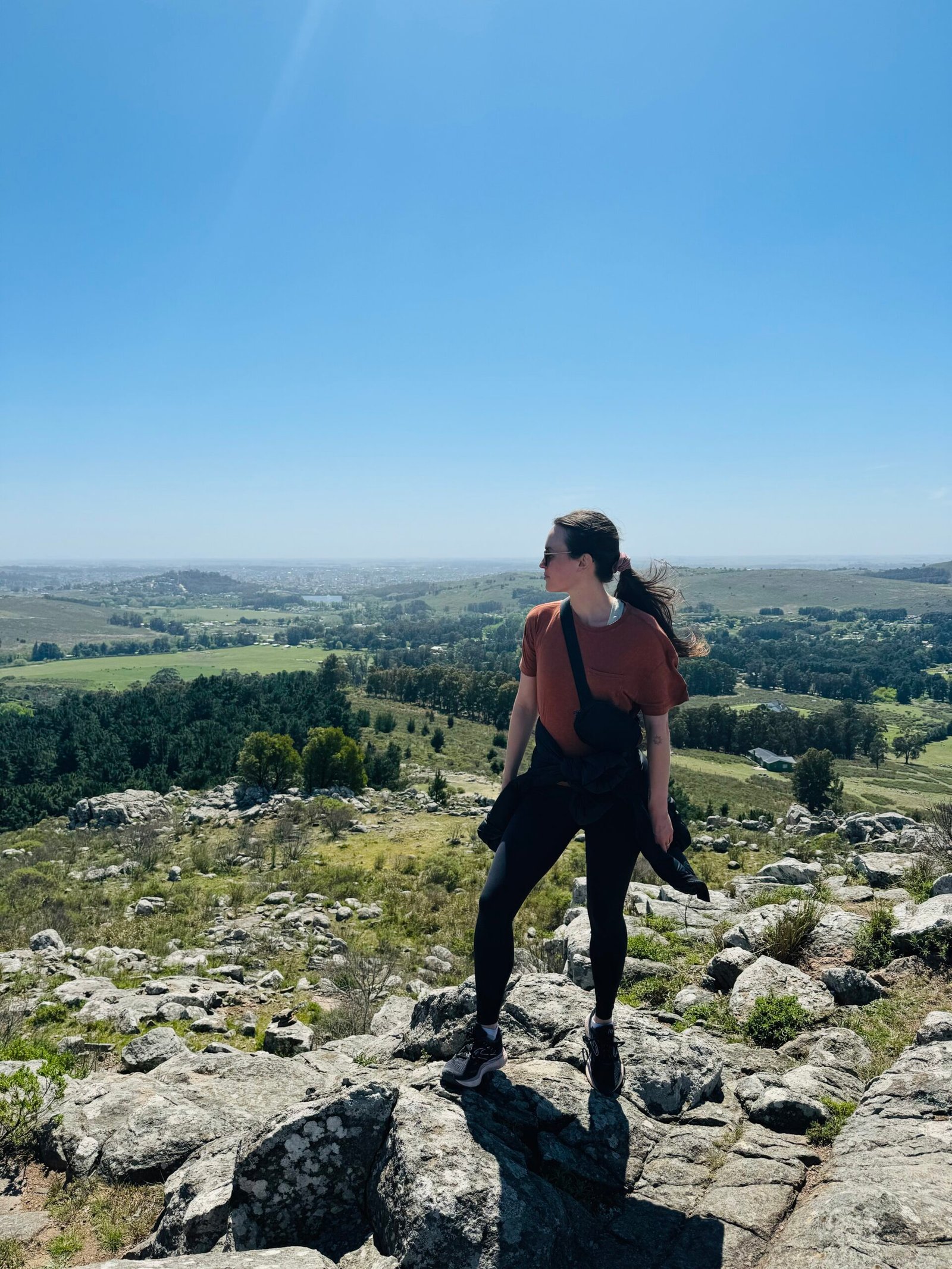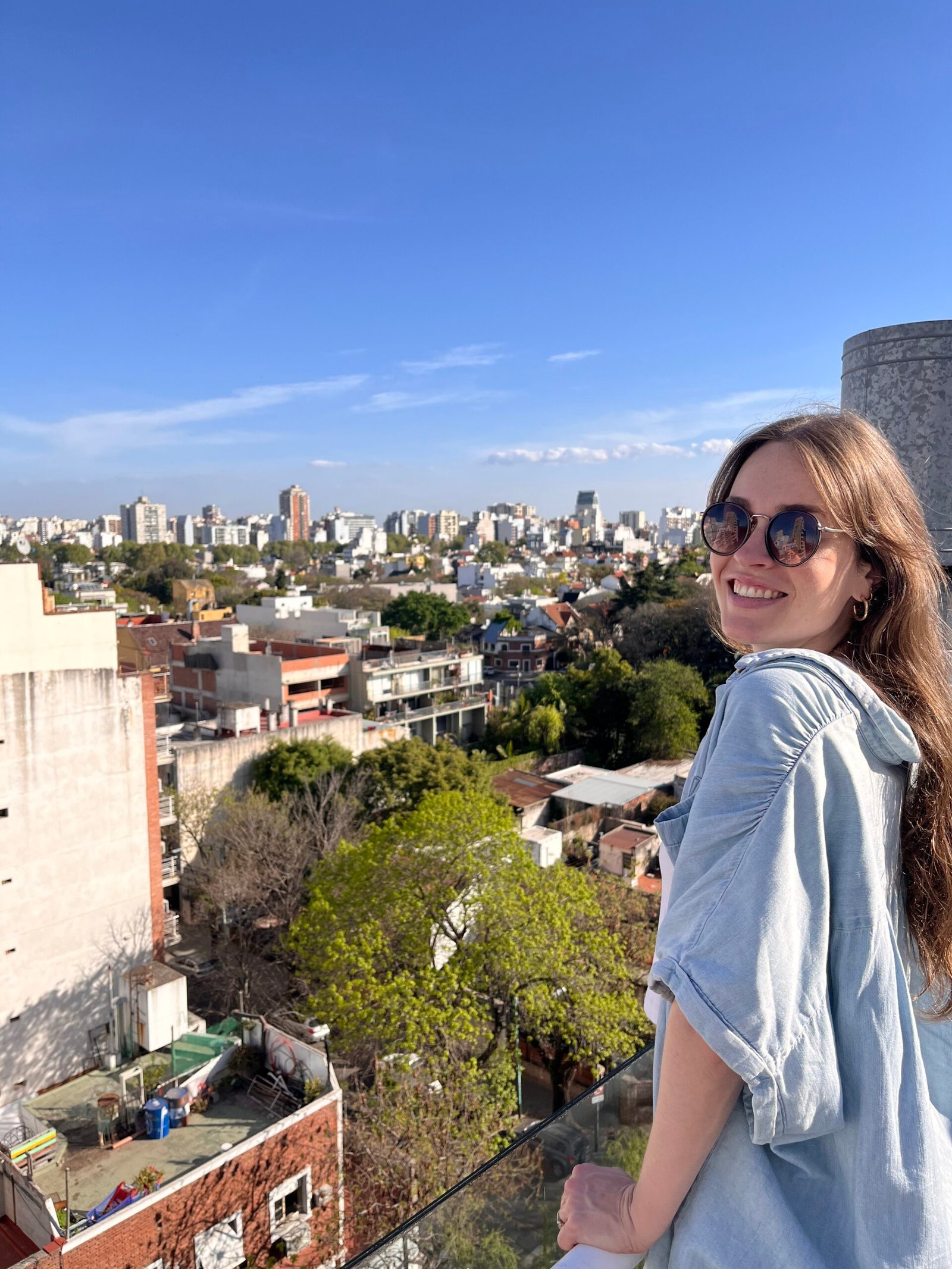If you’re anything like me, packing is one of those exciting rituals that makes a trip feel real.
As you start laying out your clothes and picking up those last-minute essentials, the anticipation begins to build. Whether you’re heading here for a short visit or planning an extended stay, figuring out what to pack for Buenos Aires can feel a bit tricky — especially if it’s your first time.
What sets Buenos Aires apart from other cities is its mix of European charm, South American flair, and seasonal weather. It’s also a city where style matters. Locals are famously fashion-conscious, even when it comes to casual outings. Add to that a climate that ranges from hot and humid summers to cool winters, and packing can quickly become an art form. But don’t worry, with the right plan, you’ll be more than prepared for anything Buenos Aires throws your way.
In this guide, I’ll walk you through exactly what to pack for Buenos Aires, taking into account the local climate, culture, and some insider tips that will help you blend in with the porteños (as Buenos Aires locals are called). We’ll cover everything from clothing essentials and power adapters to the cash situation and a few items that are surprisingly hard to find in the city.
But first, to set the mood, I recommend pressing play on this Spotify playlist featuring some of my favorite Argentine songs. You’ll be imagining yourself wandering the streets of Palermo before you even board your flight.
Ready? Let’s dive into the essentials of what to pack for Buenos Aires.
Plan for the weather
Buenos Aires’ climate is temperate with four clear seasons, but keep in mind that the seasons are flipped if you’re coming from the Northern Hemisphere.
Here’s a quick rundown of the seasons:
- Summer: December 21st – March 20th (hot and humid)
- Fall: March 21st – June 20th (mild with occasional rain)
- Winter: June 21st – September 20th (cool but not freezing)
- Spring: September 21st – December 20th (pleasant and green)
Because the humidity can make temperatures feel more extreme, pack accordingly. For summer, think light, breathable fabrics, sunscreen, and a hat to beat the heat. Winters are mild, so warm layers will do the trick — you can leave your heavy coats at home. For spring and fall, bring layers to adapt to warm afternoons and cooler nights.
Insider tip: March through May and September through November are my favorite times to visit Buenos Aires. The weather’s ideal for city exploring, and these months also make for great trips to Argentina’s wine country and the north.

Pack smart for Buenos Aires’ fashion scene
Buenos Aires is known for its fashion-forward residents. Expect to see people dressed with care and style, even for casual outings. Locals favor neutral tones like black, beige, and white, and athleisure is not common outside of the gym.
Here’s what to keep in mind:
- Jeans and sneakers are a go-to for daily wear.
- Platform shoes are more popular than stilettos — much easier on the cobblestone streets!
- For nights out, expect a dressier vibe. Women often wear fitted outfits with short skirts or sleek dresses, while men lean toward stylish jeans with a button-down and trendy sneakers. You’ll see plenty of black.
- Crossbody bags with zippers are a must for both fashion and practicality.
When packing, focus on versatility and comfort, but also don’t hesitate to embrace your own style! Buenos Aires is a diverse and quirky city where you’ll find a little bit of everything. Don’t put too much pressure on yourself to “fit in” with the masses.
What not to pack: Flashy jewelry or anything that could catch a thief’s eye. Keep it simple and safe.
Electrical essentials: adapters & voltage
Argentina uses type C and I plugs, and the standard voltage is 220V with a frequency of 50Hz.
You’ll want to check how this compares to the voltage in your home country. In most of Europe, Australia, and the United Kingdom, 220V is standard.
The U.S., however, has a standard voltage range of 100V-127V. Does this mean you need a voltage converter? Not necessarily. Nowadays, many electronic devices like hair styling tools or chargers for a laptop, phone, or iPad are dual voltage. You will need to double-check the fine print on the device before using it in Argentina. If it says “100-240V 50/60Hz,” then you are okay to use it.
For reference, I don’t need to use a voltage converter for my iPhone and Macbook Air chargers or my U.S. blower dryer and hair straightener.
However, don’t forget to pack an adapter if your plugs are different! These can be bought for just a few dollars from stores and marketplaces like Best Buy, Target, and Amazon. (You can shop my favorite remote work and travel essentials here.)
The cash situation
Argentina’s economy can be a bit tricky for newcomers. There’s something called the “dólar blue” — a local exchange rate that’s much more favorable than the official one. You’ll want to exchange cash (either USD or euros) at this rate, rather than relying on ATMs or banks.
Two options for exchanging money:
1. Western Union: Western Union is an American multinational financial services company that allows you to transfer money around the world, including Argentina.
Why is it about to become your best friend?
Western Union offers the “contado con liquidación” which is one of the exchange rates used by financial institutions in Argentina. It tends to be more or less in line with the blue dollar.
With Western Union, you can safely send money digitally from your home bank account and pick it up in Argentine pesos here in Buenos Aires.
Start by registering for an account here.
2. Cash exchanges: You other option is to bring crisp $100 bills or €100 notes to exchange at unofficial exchange houses in the city.
How do you find one? Well, most people get connections through a friend-of-a-friend, if you catch my drift. This can be a bit more difficult for a first-time traveler, so if you don’t already have connections in the city, you can also check out official exchange houses like Cambio Baires that tend to offer an exchange rate closer to the dólar blue.
Keep in mind that tourists can enter Argentina with up to $10,000 USD without declaring it.
What you might have trouble finding in Buenos Aires
Even though Buenos Aires is a massive city with plenty of shopping options, there are a few things that can be tricky to find or might cost a premium.
If you have some extra suitcase space, here’s what I’d recommend bringing along:
- Certain natural or organic foods: The natural food market is growing in Buenos Aires, and you’ll find way more options now than you could a few years ago. That being said, it’s still leaps and bounds behind the range of products in markets like the U.S. If there are certain dry snacks that you can’t live without — such as your favorite nut butter, granola bars, collagen powder, etc. — I recommend packing it with you.
- Dry shampoo: I’ve yet to find dry shampoo here in Buenos Aires. I’m sure it exists, but it’s certainly not accessible, so stock up before you arrive.
- Boutique shampoo & conditioner brands: If you swear by a certain shampoo and conditioner brand, you’re better off bringing it yourself. Unless it’s Dove, Garnier Fructis, or Pantene, you likely won’t find it here.
- High-end cosmetics: You’ll quickly discover that the make-up selection here is nothing like your local Target, Nordstrom, or Sephora. If you’re loyal to certain brands, stock up before your arrival.
- Natural cosmetics: Products like Tom’s toothpaste and aluminum-free deodorant are not common in Buenos Aires. Love shopping in Whole Foods’ cosmetics aisle? Stock up now.
- Prescription medication: It goes without saying that if you’re taking prescribed medication from your current doctor, it’s important to get as many doses as possible before arriving in Buenos Aires. Depending on the length of your stay here, you may need to consult a doctor in Buenos Aires to switch medications to a local brand. (Note: Make sure to bring a copy of your prescription if any of your medication could be considered illegal such as pain medication or psychostimulants used to treat ADHD.)
- Hot sauces. We’re talking Sriracha, Tabasco, and Cholula. While not impossible to find in Buenos Aires, they are rare. Argentines are notorious for not liking spicy food!
Also, it’s good to note that clothing is expensive in Buenos Aires compared to the U.S. and Europe. As such, you should plan on bringing the clothing you want to wear while in Argentina — or budget a good amount of money for shopping in the city.
The same applies to electronics. Computers, phones, home appliances, etc. are all sold at a premium in Argentina due to the high import taxes.
Insider tip: You can shop the items I always stock up on before traveling to Buenos Aires here.
What to leave at home
While it’s tempting to overpack for an exciting trip, there are a few items you can leave behind when heading to Buenos Aires. The city is generally safe, particularly in the central neighborhoods frequented by tourists, but it’s always better to travel light and smart.
Here are some things you can skip packing:
1. Flashy jewelry and expensive watches
Buenos Aires is a large, cosmopolitan city, and like most urban areas, it’s best to avoid wearing expensive, eye-catching jewelry. Anything that screams luxury — whether it’s a family heirloom necklace or a high-end watch — is better left at home. Stick to simple accessories that won’t attract unnecessary attention. Besides, it’s a great excuse to embrace a more relaxed, minimalist look while traveling.
2. Unnecessary electronics
Do you really need that tablet, extra camera, or multiple pairs of wireless headphones? Probably not. Not only do extra electronics take up valuable suitcase space, but they can also increase the risk of loss or theft. Buenos Aires has plenty of cafés and co-working spaces if you need to get work done, so consider limiting the electronics to just the essentials like your smartphone and laptop.
3. Bulky travel gear
Leave the bulky hiking boots, oversized backpacks, and heavy-duty travel gear at home unless you plan to head straight to Patagonia or another outdoor adventure right after landing. For exploring Buenos Aires, you’ll rarely need anything beyond comfortable walking shoes and a small, functional daypack or crossbody bag. The city’s stylish, urban environment means you’re better off with lighter, more streamlined luggage.
4. Excessive layers
While it’s important to pack smart for Buenos Aires’ seasonal weather, you don’t need to go overboard with heavy winter coats, thick scarves, or bulky layers. Even during the winter months, Buenos Aires is relatively mild, so lighter jackets, sweaters, and scarves will suffice. Keep your packing versatile with items you can layer, and don’t worry about bringing your heaviest winter gear unless you’re planning a trip to Argentina’s colder regions.
5. Hair tools & unnecessary beauty products
If your hair tools like straighteners or curling irons aren’t dual-voltage, consider leaving them behind. Buenos Aires offers plenty of salons and hair care options if you need a quick styling, and most hotels or Airbnbs will provide a basic hairdryer.
6. Over-the-top outfits for nightlife
While Buenos Aires has a thriving nightlife scene, you won’t need overly flashy or extravagant outfits to fit in. Stylish, well-put-together looks are common, but most locals keep it fairly understated with trendy jeans, sleek tops, and smart shoes. Stilettos and sequined dresses aren’t necessary — save the extra space in your suitcase for something more practical!
What to pack for Buenos Aires: In short…
Packing for Buenos Aires doesn’t have to be complicated, as long as you keep the city’s culture, climate, and style in mind. Whether you’re exploring the neighborhoods, enjoying a night out, or simply strolling through the parks, being prepared with the right clothing and essentials will make your trip much more enjoyable.
Happy packing!
Want more tips on becoming a digital nomad in Buenos Aires, Argentina? Check out the Digital Nomad Series with nearly 200 pages to set you up for success in this amazing city! (Psst.. I made all of the first-timer mistakes, so you don’t have to.)



